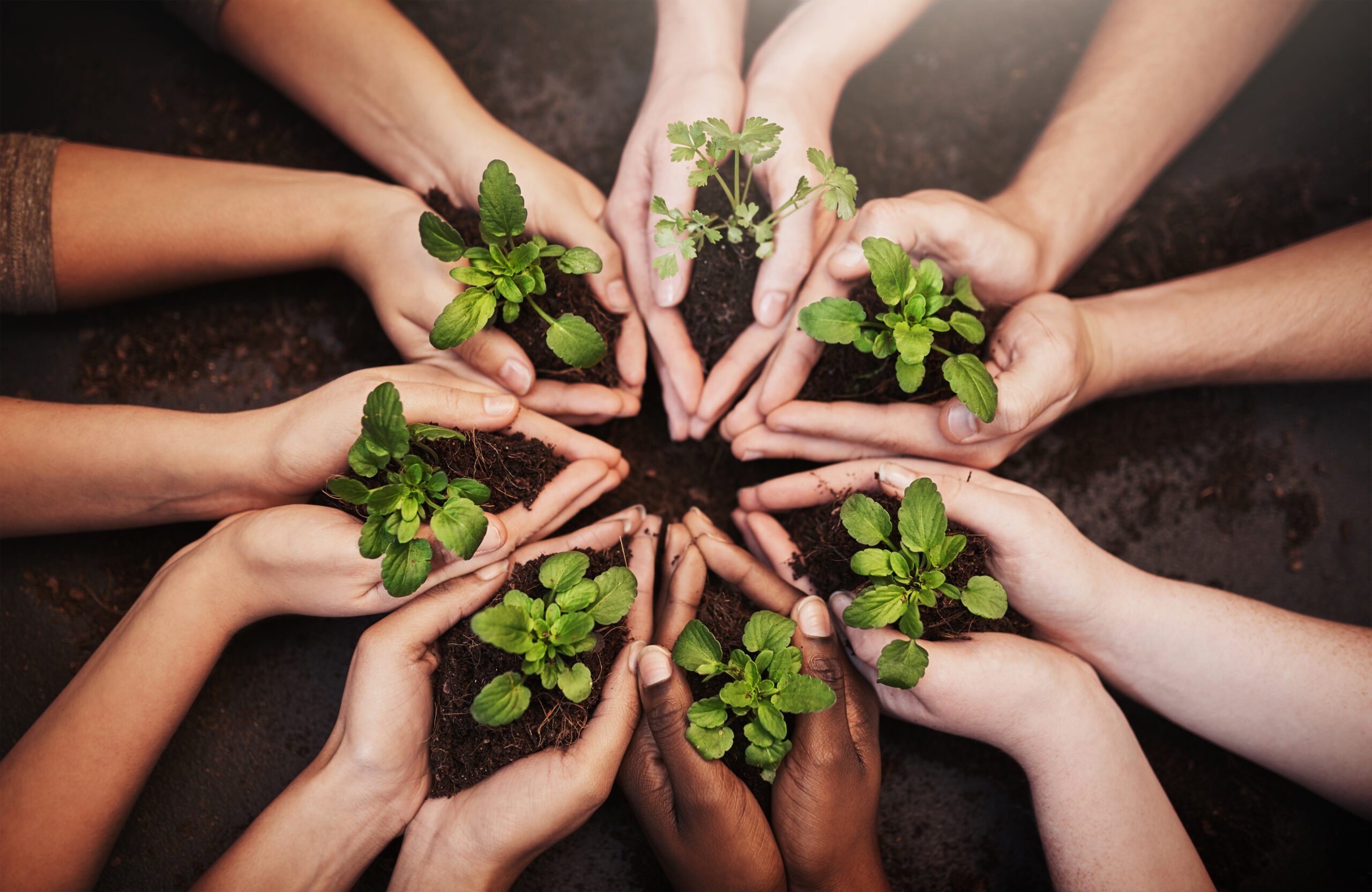As someone deeply immersed in the real estate industry, I’ve come to understand that the impact of our work extends far beyond the boundaries of individual properties. One of the most rewarding aspects of my career has been focusing on building sustainable communities—places where people can thrive in harmony with their environment and each other. In this blog, I want to share my perspective on the importance of sustainability in real estate development and how we can contribute to creating communities that are not only economically viable but also environmentally and socially responsible.
The Essence of Sustainability in Real Estate
Sustainability in real estate involves designing and developing properties in a way that meets current needs without compromising the ability of future generations to meet their own needs. It’s about creating spaces that are energy-efficient, resource-conscious, and harmonious with their surroundings. Sustainable development encompasses a range of practices, from using eco-friendly materials to implementing energy-saving technologies and fostering community engagement.
For me, sustainability isn’t just a buzzword—it’s a fundamental principle that guides my approach to real estate development. By incorporating sustainable practices, we can reduce our environmental footprint, enhance the quality of life for residents, and create long-term value for investors.
Designing for Efficiency and Conservation
One of the cornerstones of sustainable real estate development is designing for efficiency and conservation. This includes making informed choices about materials, energy systems, and overall design to minimize waste and reduce energy consumption.
In my projects, I prioritize the use of high-quality, sustainable materials that have a lower environmental impact and a longer lifespan. Additionally, integrating energy-efficient systems such as LED lighting, programmable thermostats, and renewable energy sources like solar panels can significantly reduce a property’s carbon footprint.
Efficient design also extends to water conservation. Implementing water-saving fixtures, efficient irrigation systems, and landscaping with drought-resistant plants helps conserve this vital resource and reduces overall operating costs.
Fostering Community Engagement and Inclusivity
Sustainable communities are not just about green buildings—they are also about creating spaces where people feel connected and engaged. Community engagement and inclusivity are essential components of sustainable development, as they contribute to the social fabric and overall well-being of residents.
When planning and developing projects, I strive to create environments that encourage interaction and foster a sense of belonging. This includes designing communal spaces such as parks, playgrounds, and community centers where residents can gather and build relationships. Incorporating diverse housing options ensures that the community is accessible to people from various socio-economic backgrounds, promoting inclusivity and diversity.
Additionally, involving the community in the development process can lead to more successful outcomes. Listening to residents’ needs and preferences helps create spaces that truly serve their interests and enhances their sense of ownership and pride in their community.
Supporting Local Economies
Sustainable communities also contribute to the local economy by supporting small businesses and creating job opportunities. When developing properties, I make an effort to source materials and services locally, which not only reduces transportation-related emissions but also supports local businesses.
Furthermore, integrating mixed-use developments that include retail, office, and residential spaces can stimulate local economic activity and create vibrant, walkable neighborhoods. This approach reduces the need for long commutes, lowers traffic congestion, and enhances the overall quality of life for residents.
Building Resilience and Adaptability
In an era of climate change and environmental uncertainty, building resilience and adaptability into communities is more important than ever. This involves designing properties and infrastructure that can withstand and adapt to changing environmental conditions.
For example, incorporating green infrastructure such as permeable pavements, rain gardens, and urban forests can help manage stormwater and reduce the risk of flooding. Designing buildings to be adaptable for various uses and incorporating flexible spaces can also enhance resilience, allowing communities to adjust to changing needs and circumstances over time.
Educating and Inspiring Future Generations
Education plays a crucial role in promoting sustainability and encouraging future generations to embrace environmentally responsible practices. By integrating educational programs and initiatives into community planning, we can raise awareness about sustainability and inspire individuals to make positive changes in their own lives.
In my own projects, I support educational initiatives by partnering with local schools and organizations to provide resources and programs related to sustainability. This could include workshops on energy conservation, environmental stewardship, or hands-on projects that engage children and adults alike in sustainable practices.
Measuring and Celebrating Success
To ensure that our efforts in building sustainable communities are effective, it’s important to measure and celebrate success. This involves tracking key performance indicators such as energy savings, water conservation, and resident satisfaction. Regularly evaluating these metrics helps identify areas for improvement and ensures that we continue to make progress towards our sustainability goals.
Celebrating milestones and successes also reinforces the value of sustainable practices and motivates others to follow suit. Whether it’s achieving a certification, receiving community recognition, or simply seeing the positive impact on residents’ lives, acknowledging these achievements fosters a sense of accomplishment and encourages ongoing commitment to sustainability.
Conclusion
Building sustainable communities is about more than just constructing eco-friendly buildings; it’s about creating environments where people can live well, connect with each other, and coexist harmoniously with the natural world. By focusing on efficiency, conservation, community engagement, local economic support, resilience, and education, we can develop spaces that contribute to a healthier and more vibrant future. As I continue to work in the real estate industry, my commitment to sustainability remains a driving force, and I am dedicated to creating communities that reflect these values and make a positive impact on the world.
